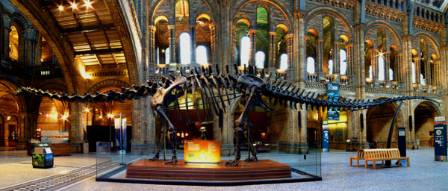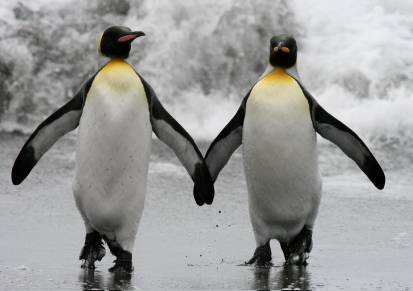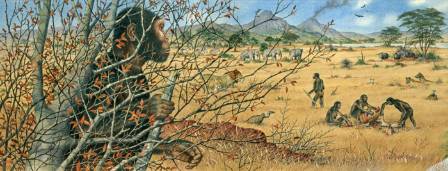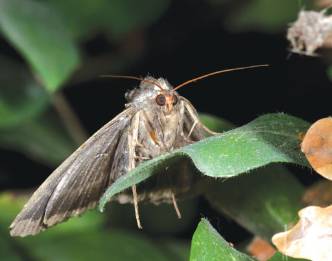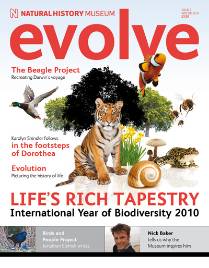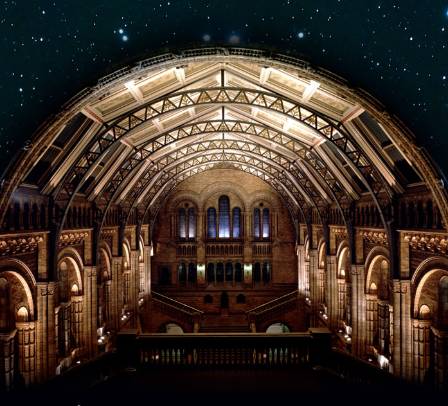
Museum treasures will be revealed on the exclusive new Night Safari tour
When we announced the first Dino Snores sleepover event in January this year, many adults were understandably miffed that the only way you could join in was if you accompanied a group of children. (After all, it is a children’s event.)
But now there’s something new and exotic for adults and it’s called Night Safari. The first safari will take place on 8 March. Expect all the adventure and atmosphere of a real wildlife safari, but here in the comfort and splendour of our iconic Central Hall, not to mention a bar.
Night safaris won’t be all-nighters, they’ll start around 6.30pm and end at 10.30pm, and they promise some rare treats.
On arrival at the Museum, there will be an introductory talk and safari visitors can enjoy the bar before the tours start (drinks can’t be taken on the tours for obvious reasons). Groups of 25 visitors will then join our Night Safari guides for their tours around 7ish, starting at different points in Central Hall.
Tour groups will explore both the Central Hall ground floor, featuring a stop at Dippy, our famous Diplodocus skeleton (below), and the upper galleries, including Minerals, the Vault and the giant sequoia tree trunk at the very top of the balconies.
On the tour, visitors will meet some of our leading scientists and researchers who’ll reveal and discuss their favourite, treasured specimens. Some of these ‘top five’ specimens are usually kept in our collections behind the scenes, so this is a really unique opportunity to get close to something extraordinary, with the expert on it at hand.
I’m told that at the March safari, one of the scientists' chosen specimens will be an awesome set of great white shark jaws and skin - presented by our well-known and respected fish curator, Ollie Crimmen.
To ease off the safari heat, there’s a 30-minute break in the middle of the tour. Tours finish around 9.45pm, so enough time for a last drink and chat before heading out from the Central Hall wildlife at 10.30, when the doors close.
If our Night Safaris are anything like the Dino Snores events, they are likely to sell out quickly, so book tickets online early. Night Safaris are planned for every 2 months on a Monday night and the next ones are confirmed for 10 May and 12 July.



